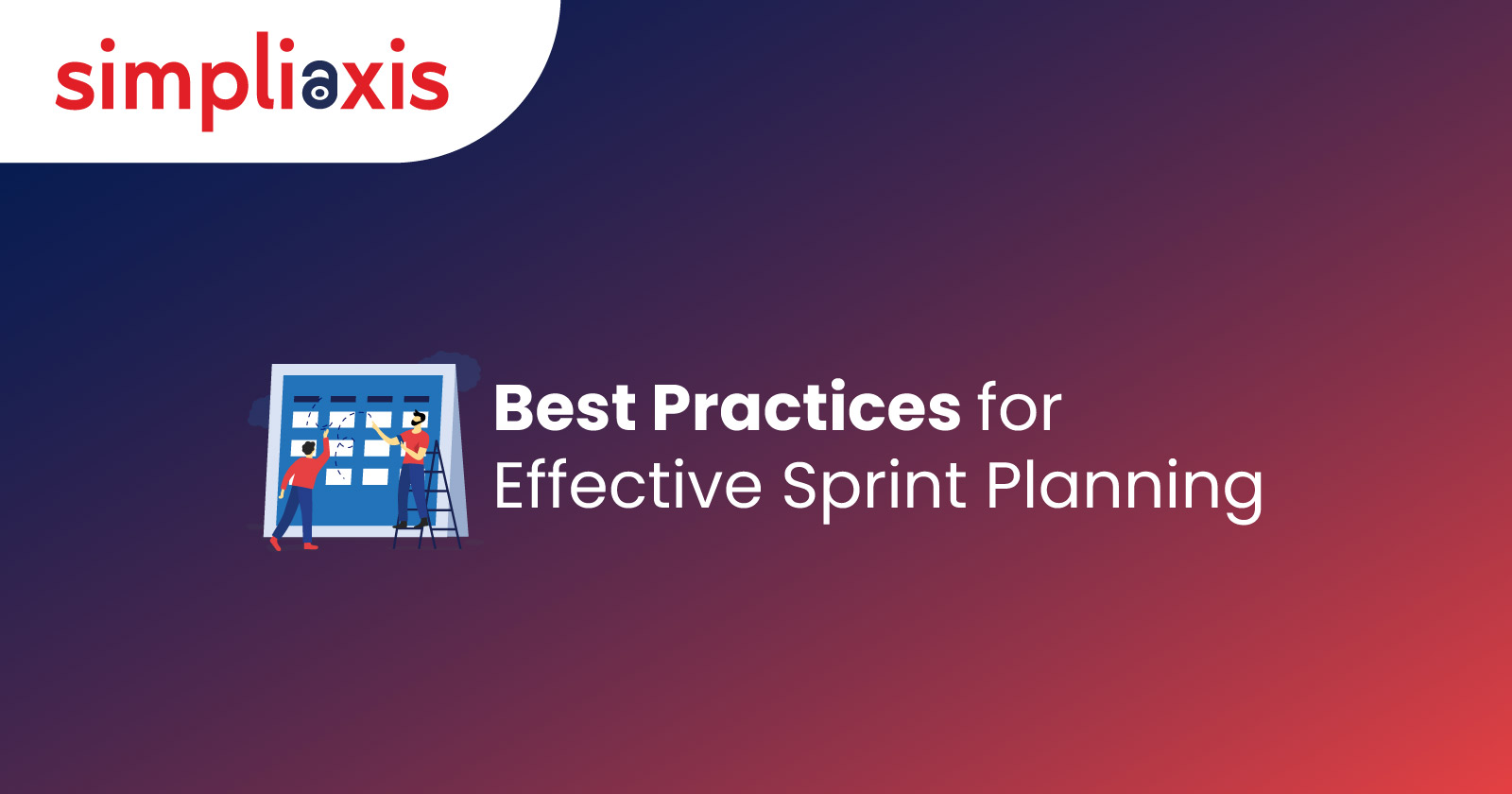A Sprint Planning Meeting is an integral part of the Scrum ceremonies that starts before the initiation of a Sprint. This meeting involves the entire Scrum Team, which discusses and agrees on what to deliver for the upcoming Sprint. The product owner plays a vital role in explaining the highest priorities and convincing the team about the importance of user stories and their impact on the users. Here are a few smart Sprint Planning Tips that can help in achieving precise Sprint Goals.
Best Practices for Effective Sprint Planning
It is imperative to note that the Sprint Planning Meeting differs for a Scrum Master and a Product Owner. Follow these best practices to run the Sprint Planning Meeting effectively.
We will take the Agile Sprint Planning best practices in two broad divisions.
1. Before Sprint Planning Meeting
Best Practice # 1: Ensure that the roadmap is updated and current before the start of the meeting.
This is one of the best practices for the Sprint Planning Meeting that will help start the meeting on the right note. Roadmaps should have the epics and the versions both up-to-date. You need to check if the same has been listed correctly before the start of the meeting so that it is visible to the team.
Best Practice #2: Have a Product Backlog refinement session before the Sprint Planning Meeting
Just to ensure that not much time is wasted during the Sprint Planning Meeting, have a pre-session meeting with the Product Owner on the backlog refinement. The purpose is to present a workable and healthy list of backlog items for the Sprint Team to discuss during the Sprint Planning Meeting and take it forward.
Best Practices #3: Communicating with the team about the meeting
A crucial Sprint Planning tip is that once the Sprint Planning Meeting has been scheduled, it is important to send an email to all concerned – not as a reminder, but as an exercise to ensure that everyone comes prepared for the meeting. Emails are the best way to communicate with even remote teams easily accessible. Ensure that you send relevant links, attach documents and materials so that people are prepared.
Best Practices #4: For optimal attendance, plan it well
Scrum Master who is responsible for arranging the Sprint Planning Meeting has to ensure that the meeting is attended by maximum team members. Proper planning ensures higher attendance and the acceptability of decisions taken in the meeting. Attendees will be in a better frame of mind to take responsibility for what they accept in the meeting.
Also,check:What is Product Backlog
2. During the Sprint Planning Meeting
Best Practice # 5: Ensure that the Product Owner starts the Sprint Planning with a product roadmap review.
The Product Owner must start the Sprint Planning Meeting with a clear and precise roadmap. This shall help to stay on the right track and not lose sight of the bigger goal. Failing to do may result in the loss of precious time and effort that went into this task.
It is the Product Owner who needs to start with revisiting the goals, each time. Doing this not only acts as reinforcement for the team, but it also opens a healthy discussion if the current work is aligned with the goals or not.
It provides an opportunity for the team and the Product Owner to visualize and see if too many features or items are adding value to the product or simply overloading the backlog.
Best Practices #6: Inform the Development Team of any new information, if any
One of the Agile Sprint Planning best practices is to inform the team of new information. Backlog additions, team changes, new ideas and inputs, and newer identified customer needs are all information that one needs to share with the team at the onset.
Best Practices #7: The Scrum Master needs to present the Target Velocity during the meeting
The Target Velocity is the list of user stories (number of) that is intended for completion during the Sprint. There is a way to calculate this and go by the rule of the thumb method. It is important to take the go-ahead from the entire team on the Target Velocity.
Best Practices #8: Reviewing the backlog item by item
Bring the backlog to the discussion table. The objective is to break down the user stories into achievable tasks. The Definition of Done needs to be reviewed so that everyone is on the same level of commitment. The acceptance criteria may come up from team members where they negotiate with the Scrum Master during this phase.
Best Practices #9: Assign work
The work is assigned based on the skills and expertise of the team members. The Scrum Master also has the option to fine-tune the list. During this time, it is also ideal to discuss if there are any quality-related issues or customer complaints, production defects, and so on. To address the issues, the underlying maintenance work should also be decided as part of the current Sprint Planning.
Best Practices #10: Having every team member agree to the plan
The last Sprint Planning best practice is to ensure that the Sprint Plan has complete acceptance from all team members. Even if some members didn’t agree to any of the deliverables, it is good to try and resolve the same. If some issues remain unresolved, let it go for the time being.
Conclusion
In conclusion, effective Sprint Planning is essential for the success of any Scrum team. By implementing the best practices outlined above, teams can ensure clarity, alignment, and optimal utilization of resources during Sprint Planning meetings. The Scrum Master plays a crucial role in orchestrating the meeting, ensuring adherence to the agenda, and facilitating collaboration among team members. Meanwhile, the Product Owner's input is invaluable in defining user stories and prioritizing the backlog based on business objectives.
In addition to the best practices outlined, Simpliaxis offers the CSM (Certified ScrumMaster) certification, equipping professionals with the knowledge and skills essential to thrive in Scrum methodologies and practices. With every team member actively engaged and committed to the Sprint plan, teams can achieve their goals efficiently and effectively, driving the success of the Sprint Planning process. Following the above practices ensures effective Sprint Planning. The Scrum Master ensures staying on the right track and eliminating duplication of effort. The product owner plays a vital role in defining user stories and prioritizing backlogs, and every member of the Development Team is gainfully engaged. This results in the success of the Sprint Planning Meeting.



















